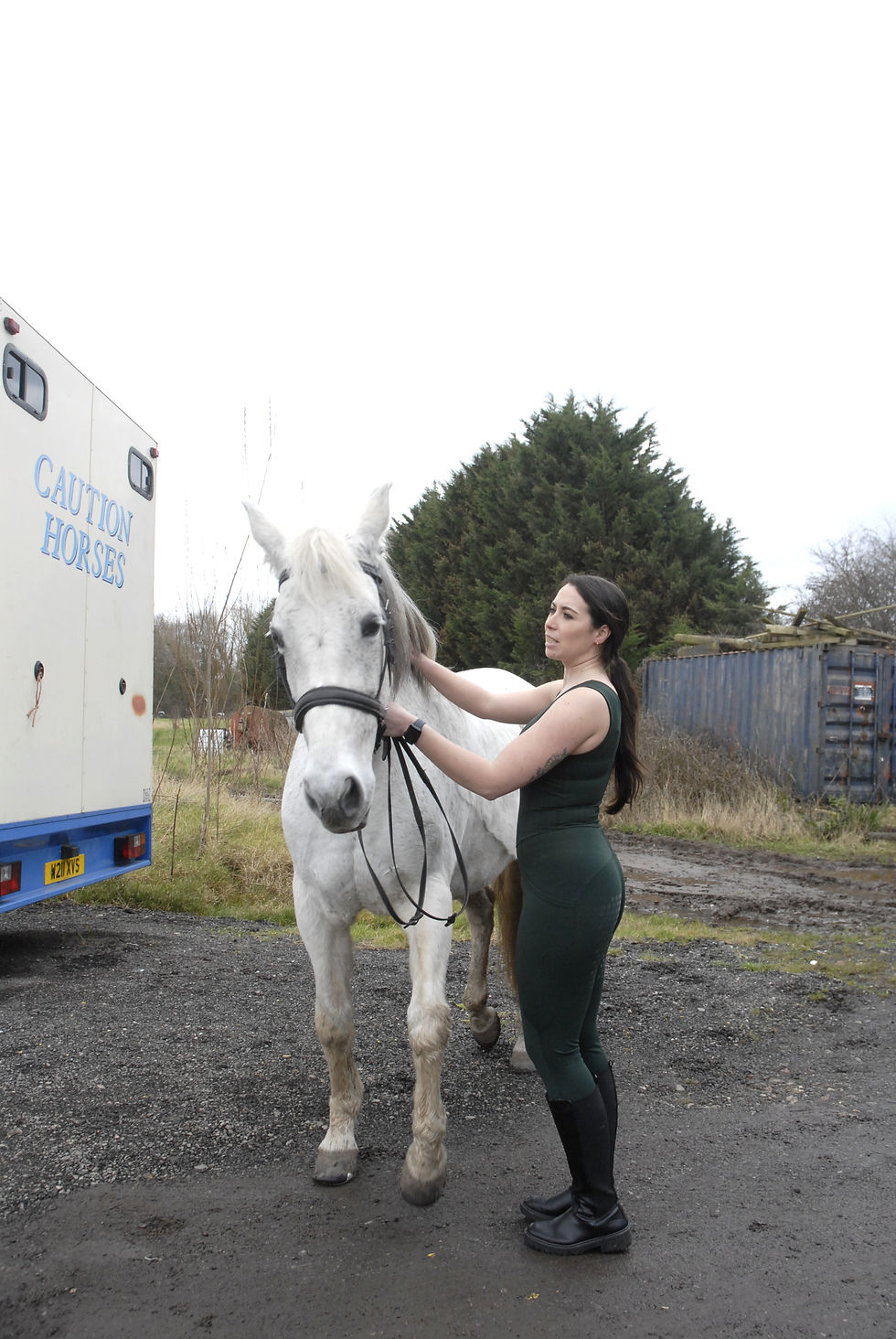- Katy Davies
- Aug 8
- 4 min read
Let's talk about photography (video can come in a future post - I'm talking about the art of great high resolution photography for media use - print and digital).
The types of photography you may need for a PR campaign include:
A headshot of you in your professional capacity, which is essential for thought leadership pitching, for example, as well as consistent branding on your professional platforms, including website and LinkedIn
Product imagery, if you offer products to your industry (lifestyle and cut-out imagery, I'll expand on this below)
Case study imagery (quality photography of people representing your brand)
A 'picture story' lead image, where the story is brought together visually in an editorial and uncontrived way - the 'main event' of the story's components, if you will. By uncontrived I mean NOT heavily branded. This type of image really has to make sense on its own and with minimum captioning, really.
Qualities your imagery must possess include:
Having an active quality
Whether your subjects are aware of the camera or not (a creative decision), the image must have an active quality. Think about the energy of the photo. What sense does it create? Is there an emotion, an urgency, an 'ah ha' aspect that justifies why you're capturing the scene in the first place? (An example of an inactive photo would be the 'staged' handing over of a big cheque with people in suits frozen in time, shaking hands - you must know the one).
Not heavily branded - if at all
A bit of nuance doesn't go amiss here - branding must be absolutely relevant to the story, or else - leave it out. The photo should really speak for itself without shoe-horning branding in for no reason other than to try and sneak it in for the marketing team. Do remember, picture editors cannot be fooled into promoting your brand logo for free. Product imagery (such as clothing) is slightly different, of course.
High resolution
The standard resolution for PR imagery is 300dpi, no more than 2MB in size for print titles (do not attach to email, use Google links to share).
Consider lifestyle, cut-out and headshot formats
Every publication will have its own style guide and the best way to understand the right imagery to share is by reading the publication and preparing a shot list brief in advance. This could include:
Cut-out imagery (product imagery with white/transparent background - the type of image you may see in a product placement column in a national newspaper e.g. top 5 water bottles, tried and tested skincare)
Landscape and portrait formats - capture both in the shoot as journalists may need to use/edit based on their standard image sizes. 'Portscape' is also good for 4:5 Instagram posts
Lifestyle imagery - whether for products or headshots, it always helps to have some options of the subject in context, particularly for consumer media. Clinical/no background images also have their place but should not be relied upon for more human-interest led PR/business profiling
Permissions and usage rights
You will need to be legally minded on usage rights and talent terms, safeguarding and photography/media release forms. The latter gives written permission from the person in the photo (or their parent/guardian if under 18) for you to use the image in PR and marketing. This is relevant for both owned and earned and paid channels.
On terms of PR usage, be sure to have agreements in place for this too (whether talent, case studies and staff - i.e. those you are featuring).
When it comes to editorial media usage terms, it is not advisable, as Oasis's team recently did, to put 12-month usage terms on imagery (after which period, it was reported that the rights would return to the band).
The Guardian states: "The industry norm is that such deals for independent photographers from agencies are struck in perpetuity, so publishers can continue to use shots for pieces such as band retrospectives, tributes and to illustrate future concerts."
Conclusion
Allocate proper budget, do not edit or manipulate the final image unless you explain why this alteration is part of the story. E.g. a photography/tech think piece on new editing software, or a feature on AI advancement, or the worrying rise of deep fakes. Authenticity is the only route. You will remember this royal photo story that saw 5 news agencies withdraw their photo.
Achieving this involves putting a decent budget aside in your campaign for a craft that I believe will and should have a resurgence in an age of over-egged filters and AI manipulation (uninspiring, much?)
I will always be a champion of great photographers. I particularly like this lifestyle image by Sophie Davies to promote an equestrian clothing brand I've devised to raise money for a local horse charity.

There are more examples of PR imagery on my main homepage, including a launch with the Tim Henman Foundation and a clowning workshop.
If you would like to get in touch to discuss how to compile a PR photography brief or story for your next PR campaign, please contact me.
